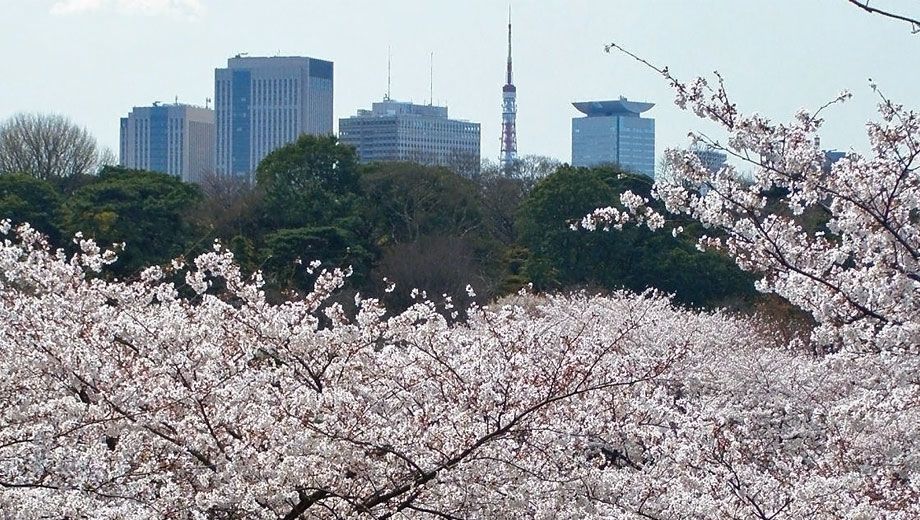Business travellers with appointments, suppliers and counterparts in Japan are making decisions about whether it is yet safe to travel to Tokyo, Osaka, Kyoto and other areas of Japan.
Should you travel? Is it safe? How do you get to Japan? Will travel insurance cover a trip to Tokyo? What precautions should you take before leaving?
With official travel advice and warnings from governments gradually starting to change, Australia's Department of Foreign Affairs and Trade (DFAT) is more cautious than many.
DFAT says travellers in the whole country should "exercise a high degree of caution", and large areas of Japan are marked "do not travel", the highest level of warning.
DFAT's advice: "do not travel" warnings
The Australian government's Smartraveller service's advice for Japan says:
Australians should not travel to Tokyo, areas surrounding Tokyo and Honshu north of Tokyo due to limitations on essential services, infrastructure damage, aftershocks and continuing uncertainty about the status of the Fukushima Nuclear Power Plant, unless their presence in the area is essential.
Australians in these areas should, unless their presence is essential, make arrangements to leave – either to Southern Japan or elsewhere.
Australians in parts of Japan unaffected by the earthquake and tsunamis should exercise a high degree of caution due to uncertainty about the status of the Fukushima Nuclear Power Plant.
If you are in Japan and require consular assistance, you can contact the Australian Embassy in Tokyo on 03 5232 4111 and you will be transferred to the Crisis Centre in Canberra.
How to get to Japan
If you do decide to travel, getting to Japan is likely to be more complicated than usual, with fewer direct flights and additional stopovers.
Qantas announced yesterday that it is cutting flights to Japan, while Jetstar both cut its flight schedule and moved some flights from Tokyo to Osaka.
Flights on Qantas to Tokyo are also stopping in Hong Kong to avoid crews spending the night in Japan, while other airlines are stopping elsewhere in the region.
There are, of course, many ways to get to Tokyo and other areas of Japan. We've put together a list of options for getting to Japan in the aftermath of the earthquake and tsunami.
Travel insurance may not cover your trip
Before travelling, you should be aware that travel insurance for newly planned trips to Japan may not cover the costs of disruption.
Insurers can refuse to cover trips where the traveller should have been "reasonably" aware that difficulties were likely.
Make sure you get written advice from your insurer about any prospective trip to Japan.
Register with DFAT's Smartraveller
If you do go to Japan, consider registering with the DFAT Smartraveller service in case you're caught up in an emergency abroad or something happens at home and you need to be reached urgently.
We've shown how to cut down the Smartraveller registration process to save time and effort.
Take precautions before you leave home
Don't forget, there are a number of precautions you can take in case a disaster strikes while travelling.
Are you planning a business trip to Japan? Have you cancelled one because of the DFAT advice? We're interested to hear what our readers think. Leave us a comment below, or tweet us: @AusBT.

Hi Guest, join in the discussion on Is it safe to travel to Japan yet?